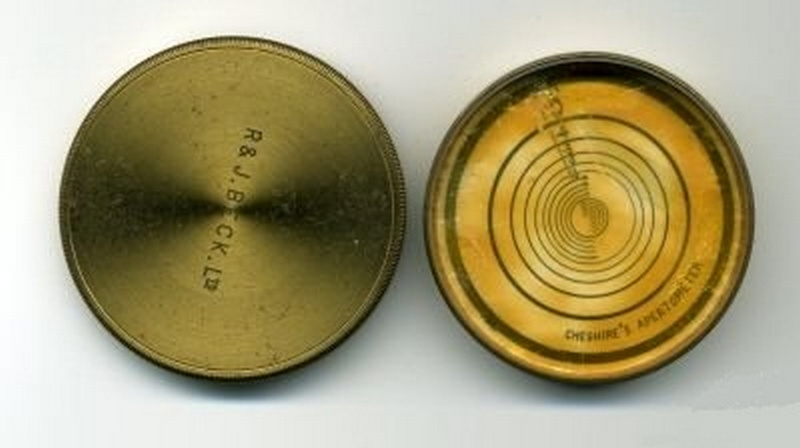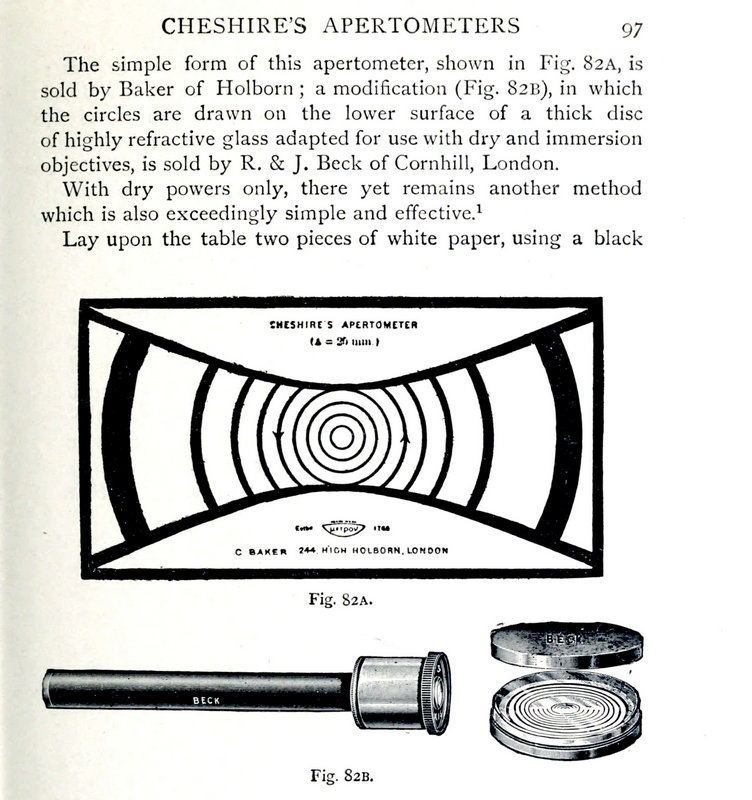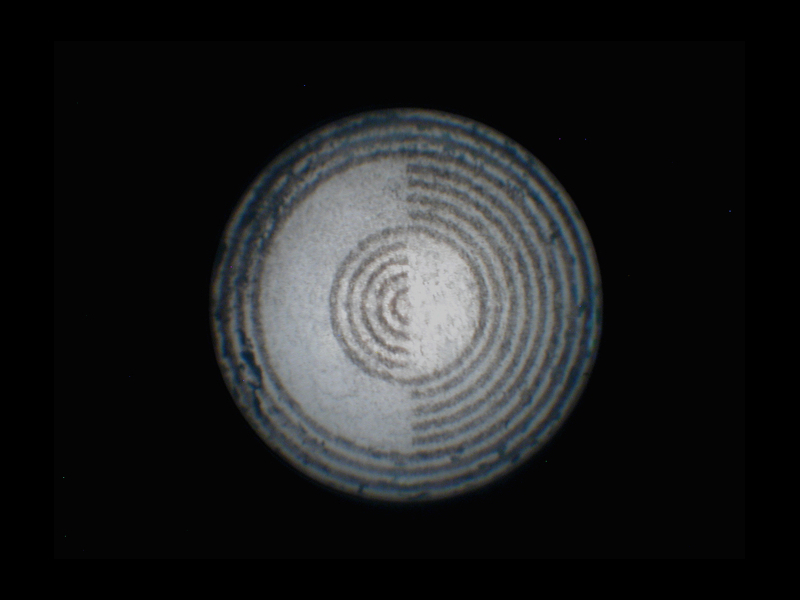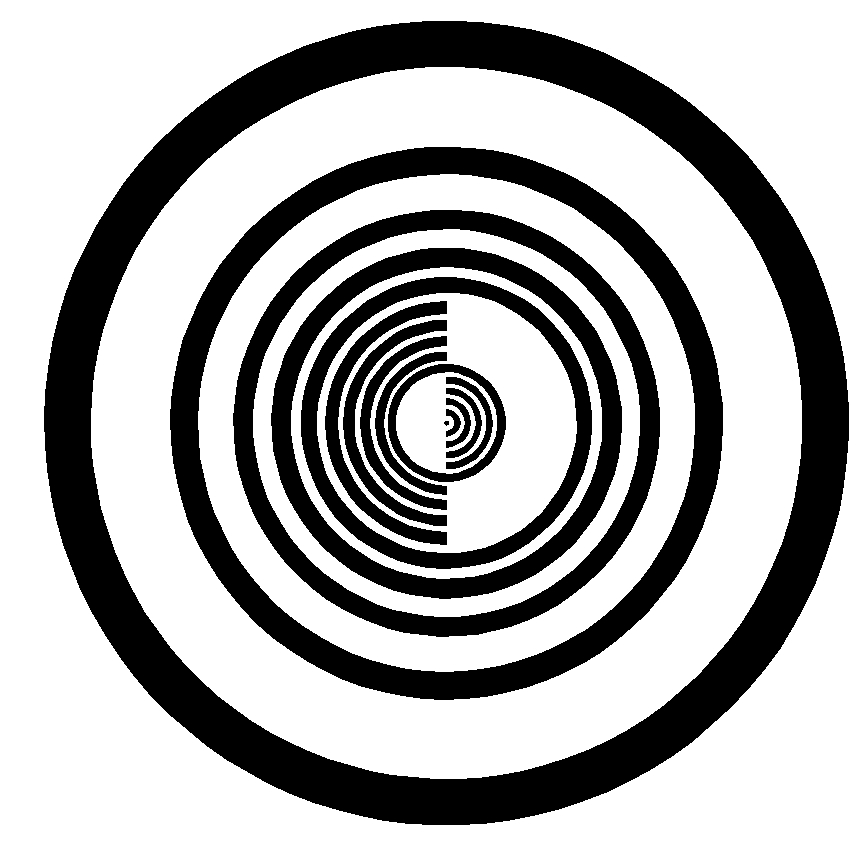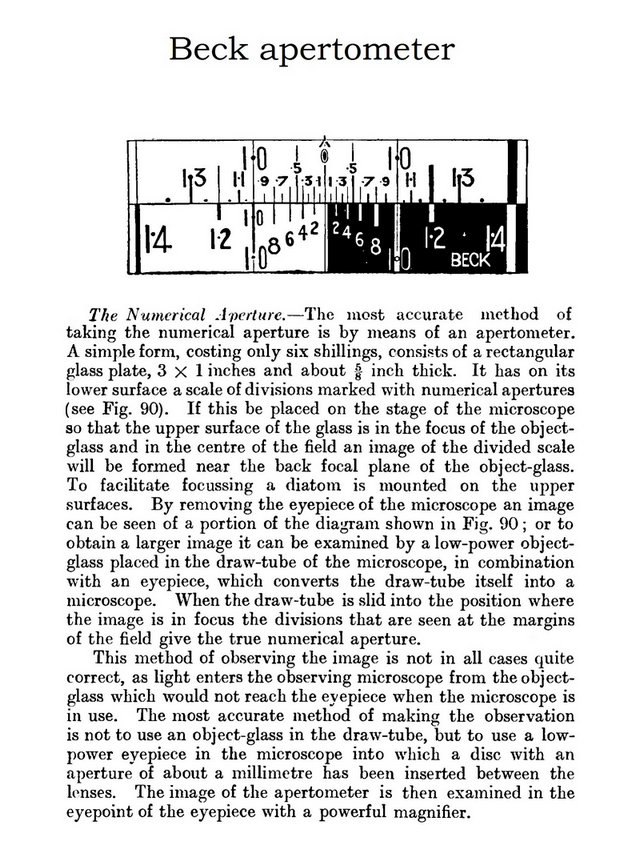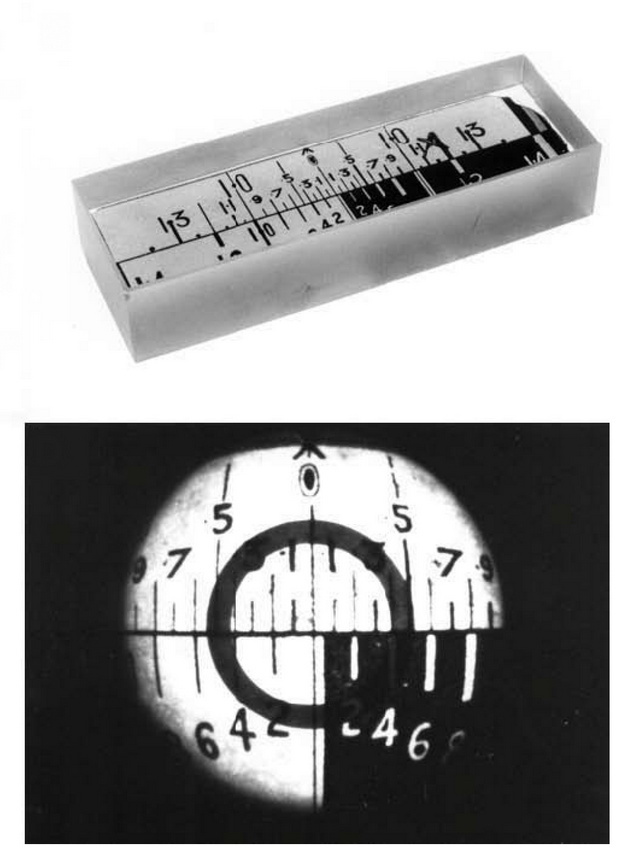| Measuring NA of Immersion Objectives | ||
| Using DIY Cheshire's Immersion Apertometer | ||
| By Dushan Grujich, on February 27th. 2014 | ||
|
| ||
|
The above image shows Cheshire's Apertometer as made by R&J Beck Ltd. of London, at the beginning of twentieth century | ||
| This article is continuation of several articles describing methods of measuring Numerical Aperture of microscope objectives and condensers. In the first article I described a simple DIY version of Cheshire's Apertometer used for dry measurements. Here I shall describe method, as well as making practical apertometer for measuring NA of immersion objectives. | ||
|
Beck made Cheshire's Apertometer consists of a round, ~50 mm OD, highly refractive glass plate about 10 mm thick, which on its lower side has a scale printed directly onto the glass. The glass plate is mounted in a brass container with removable cover, for protection. On the upper side of the glass plate there is a marker, a tiny dot, used to set the focus of the microscope in preparation for taking NA reading of an objective. | ||
|
Principle of measurement is the same as with a dry apertometer, difference is only in the media that light passes through, instead of through air it passes through immersion media and glass. To measure the NA of an immersion objective, the apertometer is placed on the microscope stage. Microscope is focused onto the marker dot in usual manner, first using one of the lower power objectives 20x, 40x or 60x, then after objective is swung out, a drop of immersion liquid is placed on the apertometer upper surface covering the marker dot, swinging back the turret and placing immersion objective in position, refocusing it to obtain clear and sharp image, the eyepiece is replaced with ancillary microscope which is focused for sharp image of the apertometer scale, finally viewing through ancillary microscope the NA is read directly off the apertometer scale seen at the back plane of the objective being measured. The apertometer is used the same way with dry objectives but omitting the use of immersion liquid. | ||
|
| ||
|
The first step was to test the method within the frame of my abilities and current circumstances. Thus I took a slip of plain glass, as normally used for glazing window panes, of thickness that measured exactly 5.84 mm then I measured its RI using Zeiss made Abbe refractometer, which gave value of nD20 = 1.5190. | ||
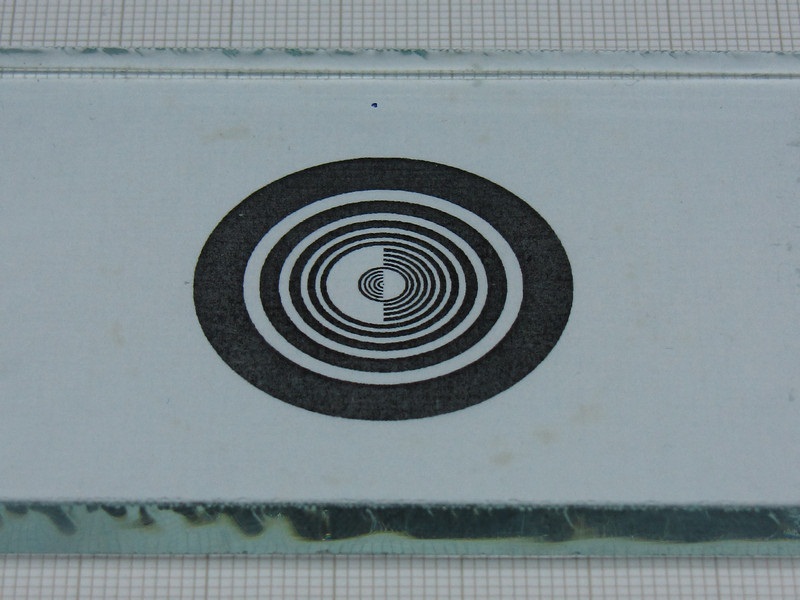
| ||
| Paper printout and the glass slip before gluing the two together | ||
|
These data were enough for me to build prototype apertometer, first by calculating circles' sizes and printing them on paper using standard laser printer. To bridge the air gap between paper printout and glass slip I used the Merck mountant "Entellan" with RI 1.492-1.500 @ 20ºC. Each circle and semi circle denote 0.10 NA +/- 0.05 NA, starting at the centre dot denoting 0.0 NA. | ||
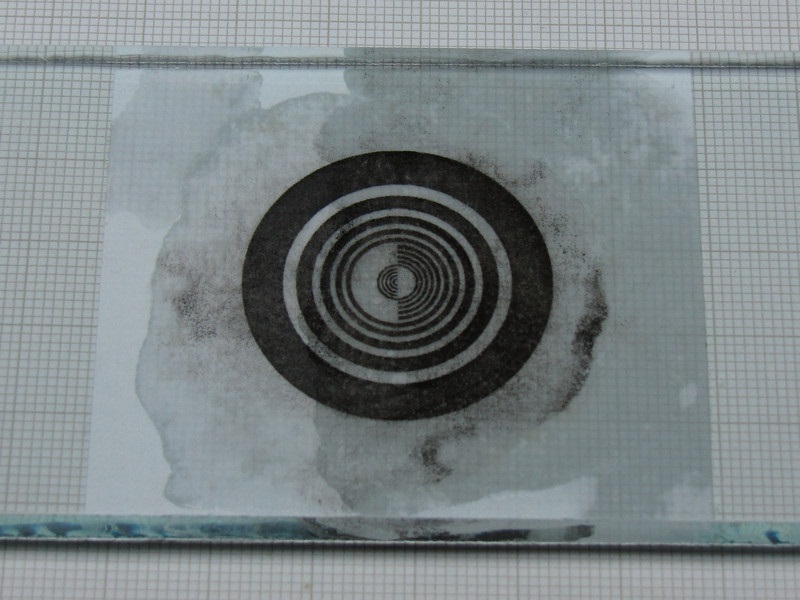
| ||
| Paper printout and the glass slip glued together for testing | ||
|
The air gap between paper printout and glass slip was bridged by Entellan, however the mountant dissolved some of the laser ink and created visual mess of it. Nevertheless, this was sufficient for testing. | ||
|
| ||
|
| ||
| The result of the first test | ||
|
For the test itself, I used the Leitz Laborlux-POL 'scope with its immersion objective P 100/1.30 170/0.17 which produced the above image, although scale got smudged by use of Entellan it still quite clearly shows the NA 1.30 of the Leitz objective. This was enough for me to decide to push on. Searching the web, I found references to an immersion apertometer devised by late prof. Helmut Haselmann, named "Mini Apertometer". | ||
|
| ||
|
Reference was made by Jeremy Sanderson, in one of his excellent articles9 written for Quekett Microscopical Club. Thus, I got in touch with Jeremy enquiring about the apertometer. Jeremy was kind enough to refer me to Peter Evenett who consequently told me about the article written by prof, Haselmann, a copy of which Peter kindly sent me. The article7 was presented to Royal Microscopical Society by Peter in 1991, and was published in Vol. 26/4 of The Proceedings of Royal Microscopical Society in October 1991, p 217-221. | ||
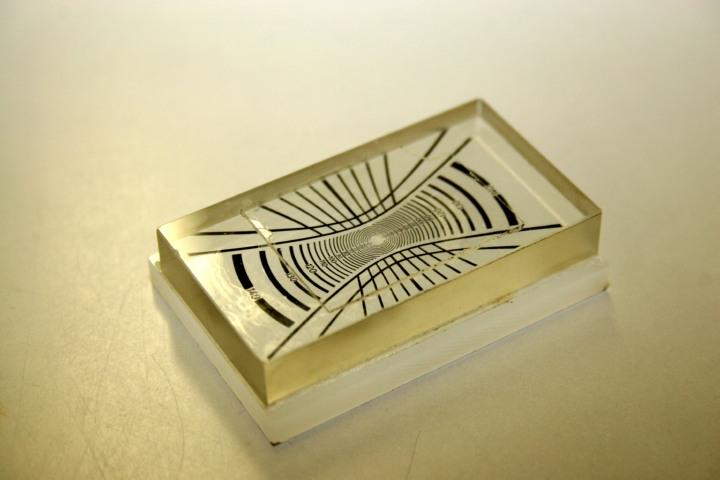
| ||
| Haselmann "Mini Apertometer" for measuring NA up to 1.40 | ||
|
Reading the article, I have come to a conclusion that the Haselmann "Mini Apertometer" is further development of the Cheshire's 1904 apertometer incorporating test of aplanatism of Ernst Abbe, added to it to be more versatile in teaching students. The article describes procedure of making a DIY version of the apertometer, including artworks of scale used by prof. Haselmann in producing the apertometer, one capable of measuring NA up to 1.25 and another up to 1.40. | ||
|
My next step was to find and order optical glass plate of suitable thickness and size. I found, and bought, several disks made of BK7 glass, flat to within 1/10 λ, 9.70 mm thick, 79.2 mm in diameter and RI of 1.5165 which was confirmed by measurement. Using MS Excel I've calculated all circle diameters necessary for making scale sized for this particular glass disk RI and thickness, furthermore I decided that it would be best to have scale printed directly onto the glass rather than making a film and then gluing it to the glass surface using mountant to affix it, as was done by prof. Haselmann. Printing scale directly onto the glass surface has several advantages, it is less prone to scratching and there is no danger of any part of the film separating from the glass surface. | ||
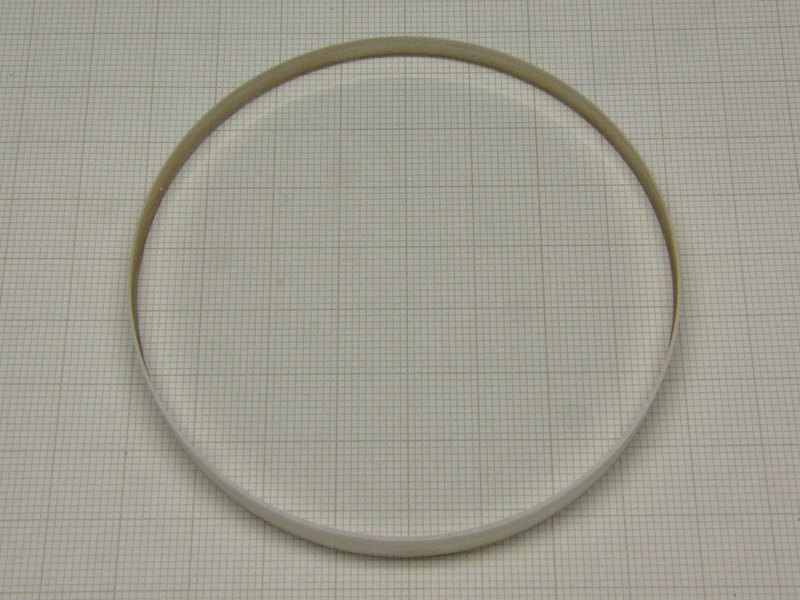
| ||
| One of the newly obtained BK7 glass disks | ||
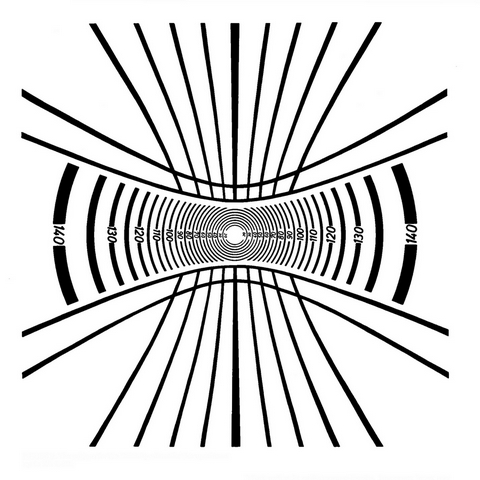
| ||
| Haselmann Mini Apertometer Scale design for the NA 1.40 | ||
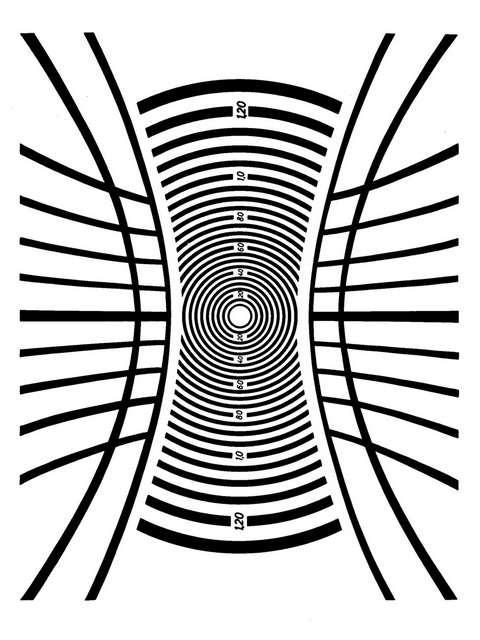
| ||
| Haselmann Mini Apertometer Scale design for the NA 1.25 | ||
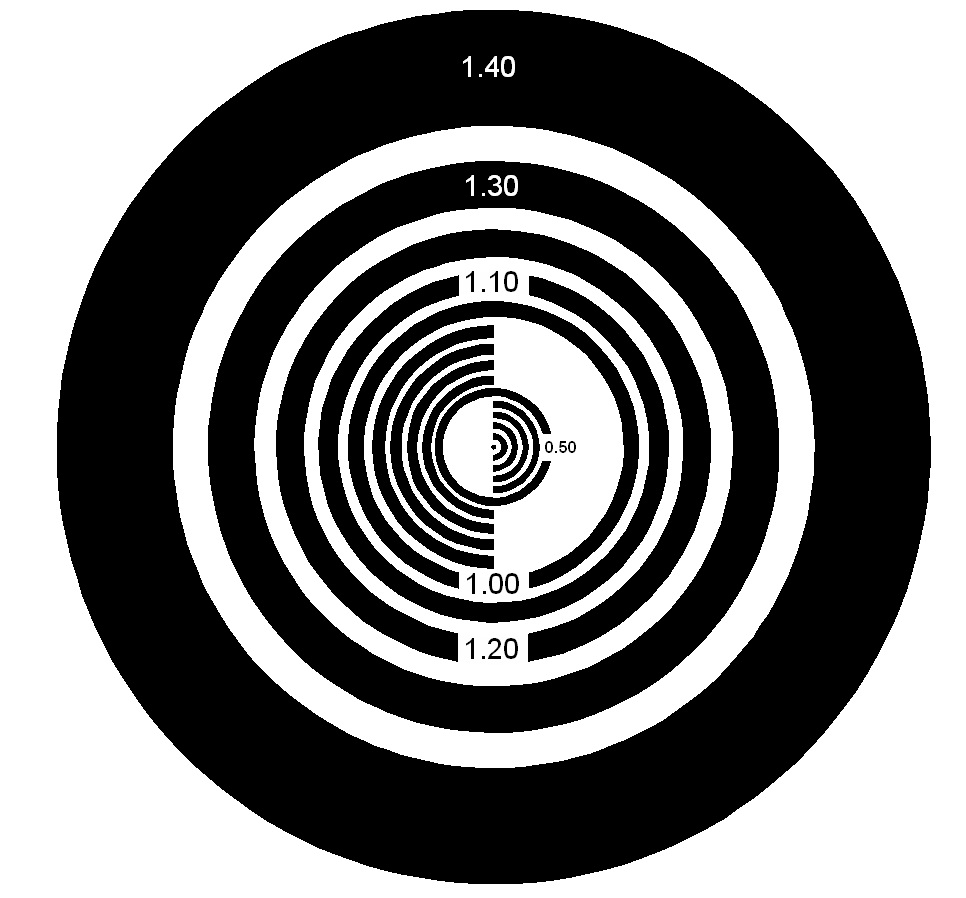
| ||
| Modified scale design for the NA 1.40 Cheshire's Apertometer | ||
|
| ||
|
| ||
| I have modified slightly the width of the lines of circles in order to give lines appearance of equal thickness when observing the image at back plane of objective with ancillary microscope. The original was looking a bit differently with its circles thinner, close to what's shown above. | ||
|
| ||
|
Excerpt from "The Microscope" by Conrad Beck | ||
| To have a complete overview of the apertometer design at the beginning of the twentieth century one must also mention the Beck Apertometer. In essence it is very much similar to Cheshire's although much simpler, it is shown at the image (below), and an excerpt (above) found in 1924 edition of "The Microscope - Part II"8 by Conrad Beck. | ||
|
| ||
|
Image of the Beck apertometer and view through ancillary microscope showing NA reading | ||
| References: | ||
| ||

| ||
|
Hit Web Counter |
||
